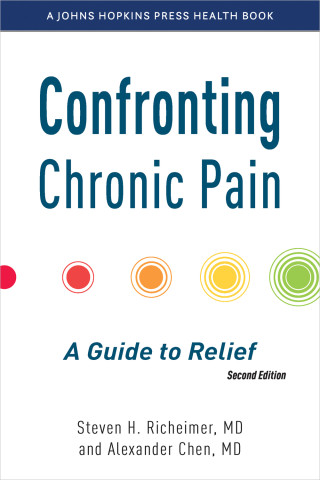
Reviews
I would recommend [Healing the Traumatized Brain] to patients and their loved ones who have the time and interest in learning more about brain injury. I highlight the resources section at the end because after acute treatment for traumatic brain injury there is a gap between discharge and reintegrating into life. I hope that going forward there will be more books like this to make understanding brain injury accessible
Drs. Vaishnavi and Rao offer a clearly written primer for patients with traumatic brain injury and their caregivers. By demystifying concepts from neuropsychiatry and cognitive neurology and by recommending practical advice, they give agency to people whose lives have been deeply disrupted by their neurological conditions.
This book will be a great resource to both clinicians and families. It takes a deeper look into the challenges that a person with a brain injury and their family might encounter as they work to recover after a brain injury.
In Healing the Traumatized Brain, Drs. Vaishnavi and Rao provide a kind, caring approach with keen knowledge of neuropsychiatry. Patients, caregivers, and providers will benefit from their insights and experience. This book is a great resource for my neurology patients and their loved ones.
Vaishnavi and Rao's book reminds the reader, 'You are not alone. There is hope. There is a way forward.' Healing the Traumatized Brain provides explanations, explorations, and simple steps in layman's terms to not only survive the journey to recovery but to thrive. This book is a must-have for anyone affected by a brain injury.
Drs. Vaishnavi and Rao have demonstrated the importance of the neuropsychiatric perspective in taking care of our patients who have sustained a traumatic brain injury and experience emotional, behavioral, cognitive, and physical challenges. Patients and their significant others will find this book valuable and practical.
Drs. Vaishnavi and Rao's book is a treat for both the layperson and professional. Besides its thoroughness of scope, clarity of prose, and respect for both the science and art of medicine, this book considers the needs of all key people: the patient, the caregiver, the clinician, and even the researcher, who should consult the 'real world' for setting priorities. In an ill-understood, underserved field, this book is also great instrument for patient advocacy. I will wholeheartedly recommend it to my students and residents, but also to patients and their families.
Book Details
Acknowledgments
Introduction
Part I: Brain Structure and Function
1. The Inner Workings of the Brain
2. The Structure of the Brain
3. Types of Brain Injury
4. Influences on Recovery after Brain Injury
Part
Acknowledgments
Introduction
Part I: Brain Structure and Function
1. The Inner Workings of the Brain
2. The Structure of the Brain
3. Types of Brain Injury
4. Influences on Recovery after Brain Injury
Part II: Neural Plasticity
5. The Idea of Plasticity
6. Neuroplasticity and Recovery from Brain Injury
7. Behavioral Therapy and Plasticity
8. Stress Management and Plasticity
9. Cognitive Rehabilitation and Plasticity
10. Nutrition and Plasticity
Part III: Emotional Problems Caused by the Traumatized Brain
11. Depression and the Traumatized Brain
12. Mania and the Traumatized Brain
13. Anxiety and the Traumatized Brain
14. PTSD and the Traumatized Brain
Part IV: Behavioral Disorders Caused by the Traumatized Brain
15. Psychosis and the Traumatized Brain
16. Aggression and the Traumatized Brain
17. Impulsivity and the Traumatized Brain
18. Substance Use and The Traumatized Brain
19. Apathy and the Traumatized Brain
20. Sleep and the Traumatized Brain
Part V: Cognitive Issues Caused by the Traumatized Brain
21. Attention and the Traumatized Brain
22. Memory and the Traumatized Brain
23. Executive Function and the Traumatized Brain
24. Language and the Traumatized Brain
Part VI: The Traumatized Brain and the Other Symptoms
25. Headaches and the Traumatized Brain
26. Seizures and the Traumatized Brain
27. Vision and the Traumatized Brain
28. Balance and the Traumatized Brain
29. Hormonal Abnormalities and the Traumatized Brain
Part VII: The Traumatized Brain and the Future
30. Repeated Brain Injuries
31. Future Treatments: Brain Stimulation and Plasticity
Epilogue
Glossary
Resources
Suggested Reading
Index








